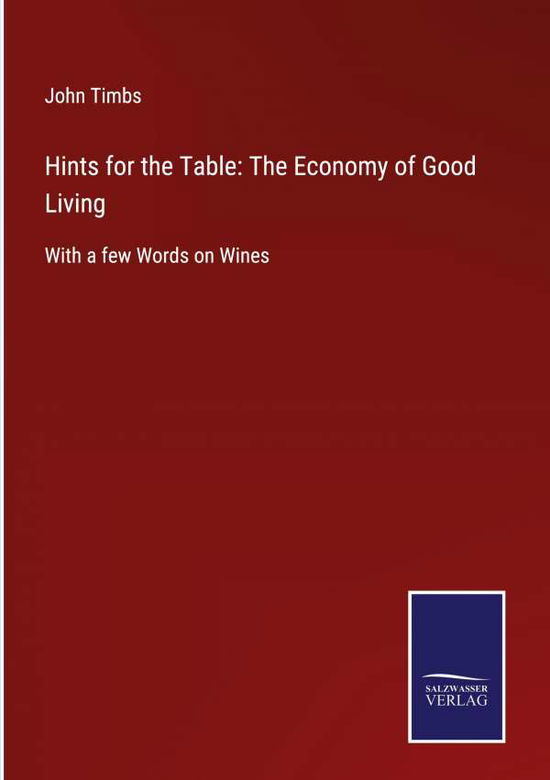
Powiedz znajomym o tym przedmiocie:
Nooks and Corners of English Life, Past and Present
John Timbs
Nooks and Corners of English Life, Past and Present
John Timbs
Nooks and Corners of English Life, Past and Present by John TimbsIt has been well observed that the structure of a house reveals much of the mode of life adopted by its inhabitants. The representations of the dwellings of the people of the less cultivated parts of Europe, contrasted with those of the more cultivated countries, should afford us the means of comparing their different degrees of civilization. In the same manner we may measure the growth of improvement in any one country by an attentive consideration of the structure and arrangement of the homes of the people at different periods. The aboriginal Britons are described as dwelling in slight cabins of reeds and wattles, and in some instances in caverns of the earth, many sets of which, arranged with some degree of symmetry, antiquaries have recognised but Cæsar tells us that the maritime tribes had buildings in the fashion of the Gauls-that is, of wood, of a circular figure, and thatched. Such towns as they had were clusters of huts erected on a cleared portion of the forest, which covered the greater part of the island and they were invariably surrounded by a rampart, constructed of felled trees strongly interlaced and wattled, and a deep fosse, which together formed a fortification. The site of the modern city of London, with the river Thames in front, the river Fleet on the west, and an almost inpenetrable forest in the rear, may be taken as a fair specimen of the locality usually selected for the residence of the British Chief[That our ancestors lived in caves is attested by the existence of a group of these abodes near Penzance, the most remarkable of all ancient British Caves hitherto discovered in Cornwall, and thus described by Mr. J. Edwards, to the Royal Institution of that county: -"Half of a mile W. S. W. of Caër Bran, and four and a half miles W. by S. of Penzance, there is, in the village of Chapel Euny, a cave, consisting for the most part of a deep trench, walled with stones, and roofed with huge slabs. It extends 30 feet from N. N. W. to S. S. E., and then branches eastward, and probably also to the S. or S. W. So far it accords with the description of an ordinary British cave. But its floor (as I was informed by the miner who opened it about three years ago) was well paved with large granite blocks, beneath which, in the centre, ran a narrow gutter or bolt, made, I imagine, for admitting the external air into the innermost part of the building from whence, after flowing back through the cave, it escaped by the cave's mouth-a mode of ventilation practised immemorially by the miners in this neighbourhood, when drivingadits or horizontal galleries under ground. "Another peculiarity is still more remarkable. Its higher or northern end consisted of a circular floor, 12 feet in diameter, covered with a dome of granite, two-thirds of which are still exposed to view and my informant had observed a still greater portion of the dome-roofed chamber. Every successive layer of the stones forming the dome overhangs considerably the layer immediately beneath it so that the stones gradually approach each other as they rise, until the top stones must originally have completed the dome not, however, like the key-stones of an arch, but by resting horizontally on the immediately subjacent circular layer.
| Media | Książki Paperback Book (Książka z miękką okładką i klejonym grzbietem) |
| Wydane | 27 listopada 2020 |
| ISBN13 | 9782382747216 |
| Wydawcy | Les prairies numériques |
| Strony | 206 |
| Wymiary | 148 × 210 × 12 mm · 276 g |
| Język | English |
Więcej od John Timbs
Więcej z tej serii
Zobacz wszystko od John Timbs ( np. Paperback Book , Hardcover Book i Book )

 Świąteczne prezenty można zwracać do 31 stycznia
Świąteczne prezenty można zwracać do 31 stycznia


































